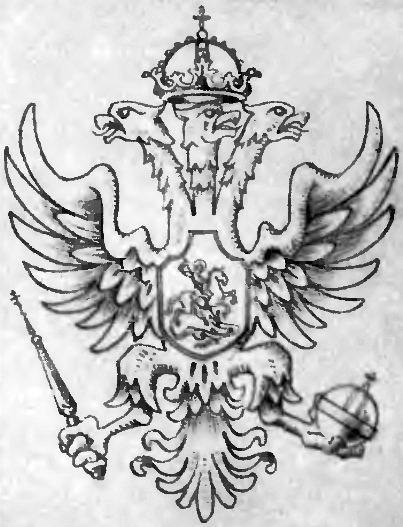 | ||
The three-headed eagle is a mythological or heraldic bird, as it were an augmented version of the double-headed eagle.
A three-headed eagle is mentioned in the apocryphal Latin Ezra, featuring in a dream by the high priest Ezra.
In a Chechen fairy tale, a three-headed eagle figures as a monstrous adversary to be killed by the hero.
Öksökö (Өксөку) is the name of an eagle with either two or three heads in Yakut and Dolgan folklore.
In medieval heraldry, the three-headed eagle appears as a heraldic charge in the 13th century, reported for the arms of the minnesinger Reinmar von Zweter (1200-1248).
A three-headed bird (not necessarily an eagle) is found in the alchemical treatise Splendor Solis, dated to the 1530s.
The sceptre of tsar Michael I of Russia was decorated with a three-headed eagle, and representations of the design are found in Russian symbolism. The literary anthology Lado, published in 1911, opens with a poem "Slavic Eagle" (Славянский орел) by Dmitriy Vergun, in which the three heads are explained as representing the union of three races which contributed to the genesis of Russia, the "western" head representing the Varangians, the "eastern head" the Mongols and the central head the Slavs.
The Three-Headed Eagle (1944) by A. Ferris discusses the destiny of the peoples of Europe based on the Latin Ezra.
